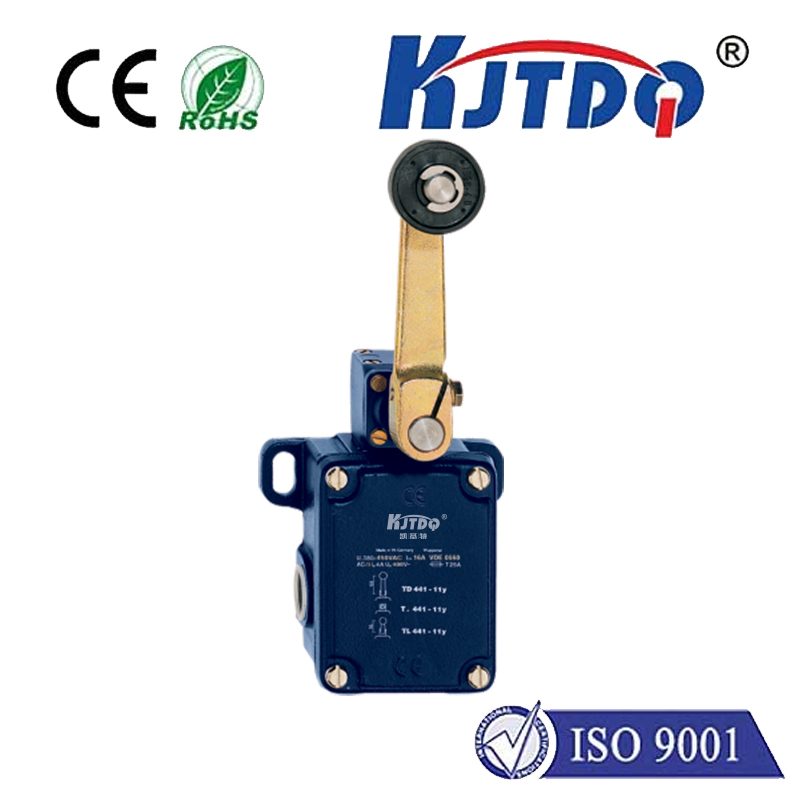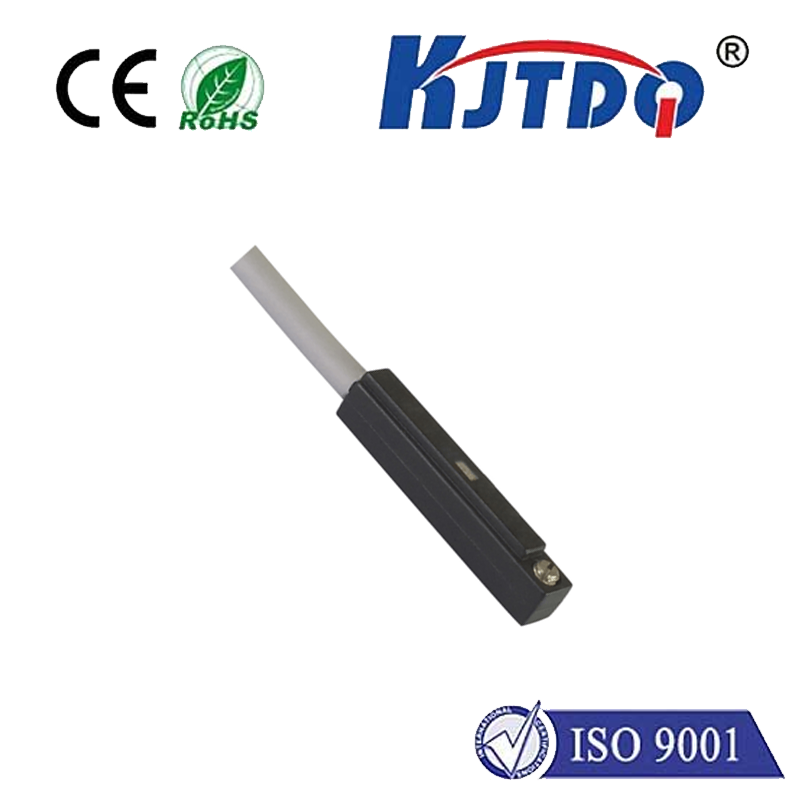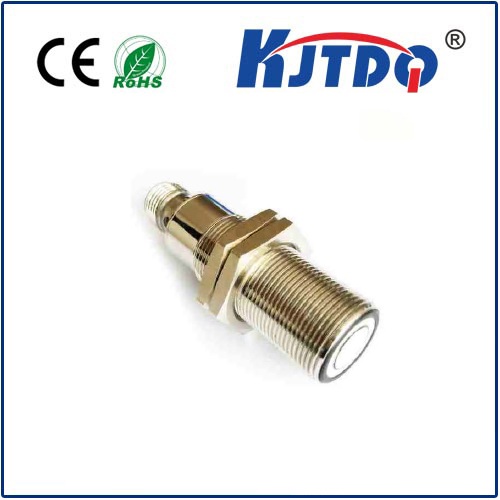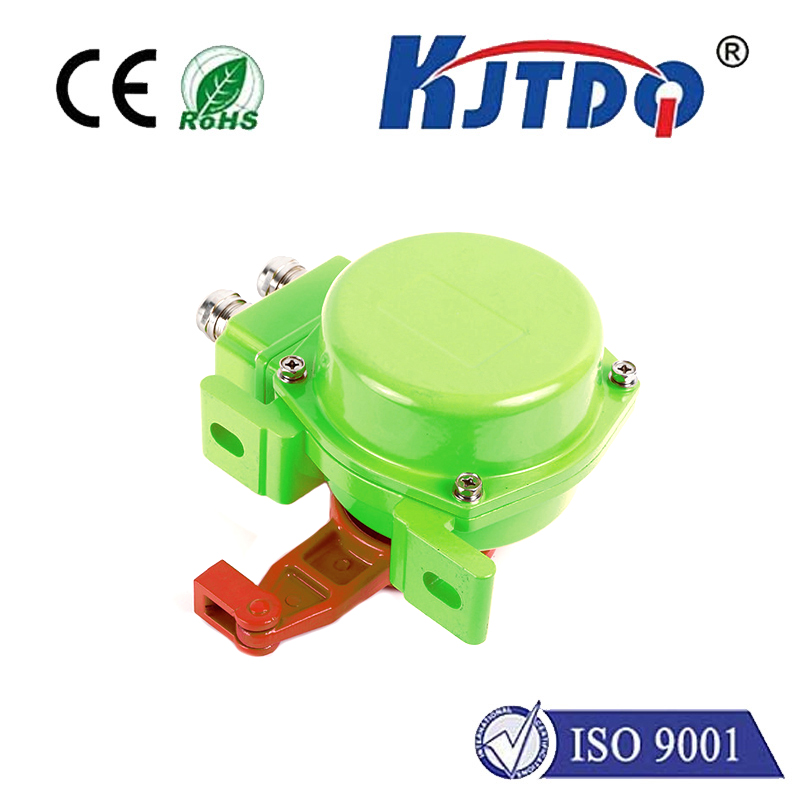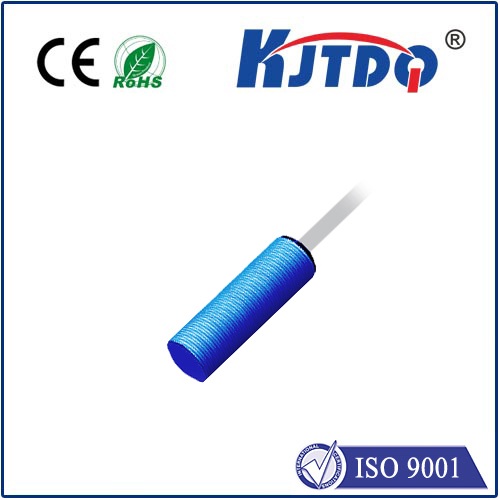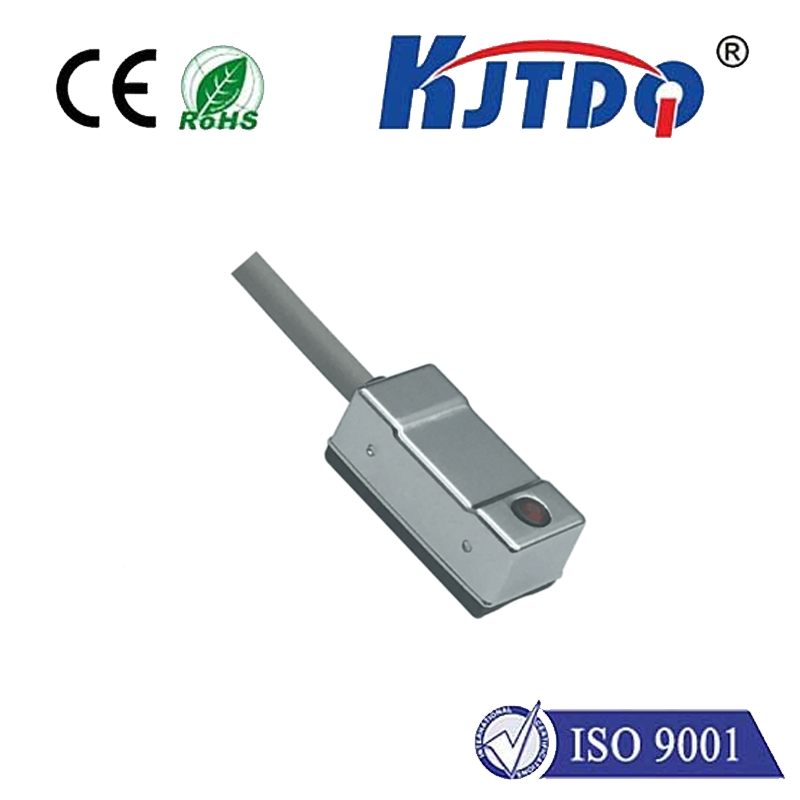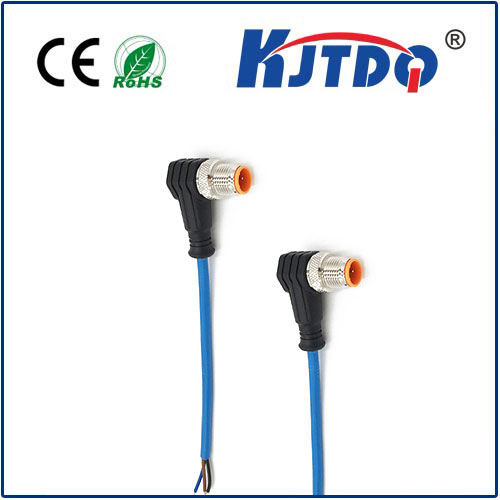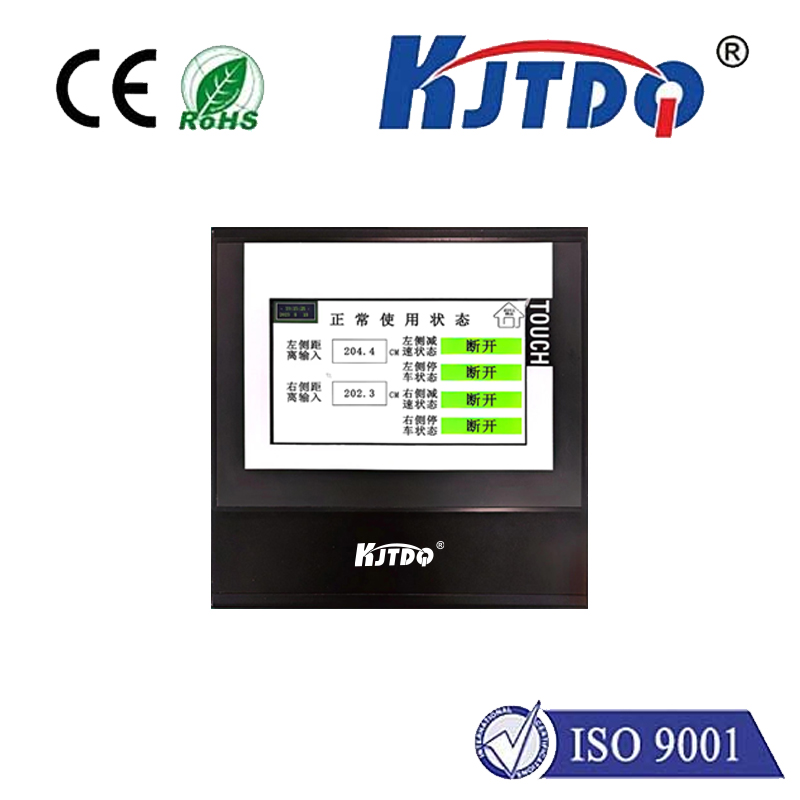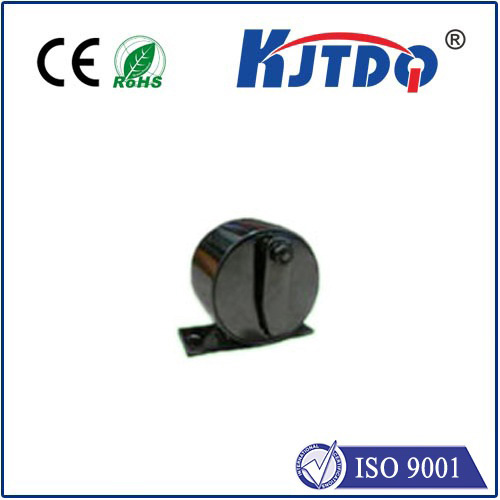
check

check

check

check
Understanding the Role of ON/OFF Limit Switches in Industrial Applications
Introduction:
In the industrial sector, automation and control systems play a crucial role in ensuring efficient operations. One essential component that contributes to these processes is the on/off limit switch. This device acts as an integral part of various machinery and systems by providing precise control over their movements. In this article, we will delve into the significance of on/off limit switches in industrial applications.
What are On/Off Limit Switches?
On/off limit switches, also known as position switches or limit switches, are electromechanical devices used to detect the presence or absence of an object within a specific range. They consist of an actuator, which can be a lever, roller, or spring-loaded arm, and a set of contacts that either open or close when the actuator is activated. These switches are designed to sense the position of a machine component and send a signal to initiate or terminate its movement.
Applications of On/Off Limit Switches in Industry
On/off limit switches find numerous applications in industries ranging from manufacturing to robotics. Some common examples include conveyor systems, packaging machines, material handling equipment, and crane operation. Here are some specific scenarios where these switches come into play:
1. Conveyor Systems: In conveyor belt systems, limit switches are used to monitor the presence of objects on the conveyor belt. When an object reaches a certain point on the belt, it triggers the switch, causing the belt to stop or start moving accordingly.
2. Packaging Machines: On/off limit switches are employed in packaging machines to ensure accurate product placement and prevent jamming. The switches detect when a product has reached its designated position and send a signal to either advance or halt the packaging process.
3. Material Handling Equipment: In material handling equipment like elevators and lift tables, limit switches serve as safety mechanisms to prevent the equipment from exceeding its travel limits. If an object obstructs the path or if the equipment reaches its maximum height or depth, the switch deactivates the system to avoid accidents.
4. Crane Operation: On/off limit switches are critical components in crane operation for controlling the lifting and lowering of loads. These switches provide feedback on the load's position relative to the crane hook, enabling operators to accurately place loads without causing damage or injury.
Conclusion:
On/off limit switches are simple yet powerful devices that play a vital role in industrial automation and control systems. Their ability to detect object positions and initiate or terminate movements makes them essential components in various machinery and systems across various industries. By providing precise control over machine movements, limit switches contribute significantly to enhancing efficiency, productivity, and safety in industrial applications.
